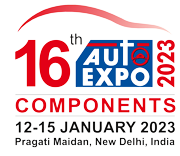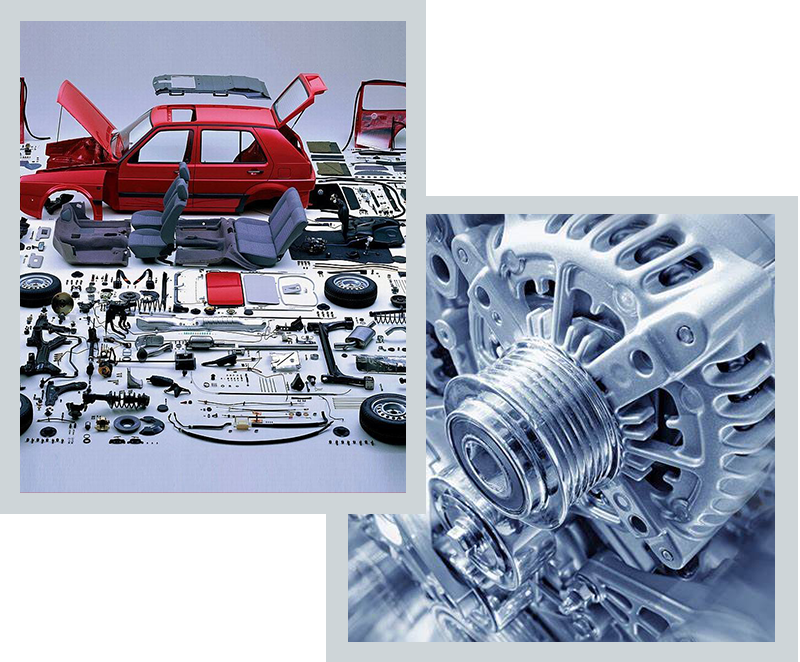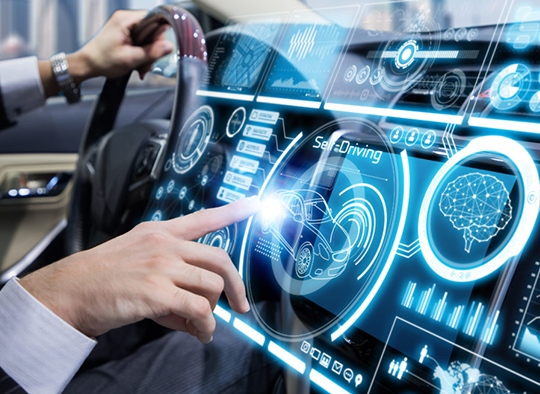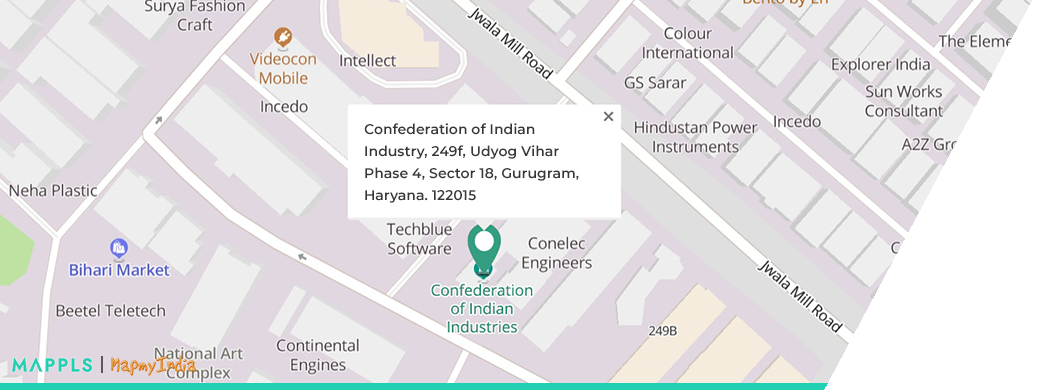India's annual production of automobiles in FY21 was 22.65 million vehicles, and 13 million vehicles were produced between April-October 2021.
The two wheelers segment dominates the market in terms of volume owing to a growing middle class, and a huge percentage of India's population being young. Moreover, the growing interest of the companies in exploring the rural markets further aided the growth of the sector.
India is also a prominent auto exporter and has strong export growth expectations for the near future. In addition, several initiatives by the Government of India and major automobile players in the Indian market is expected to make India one of the leaders in the two-wheeler and four-wheeler market in the world by 2022.











